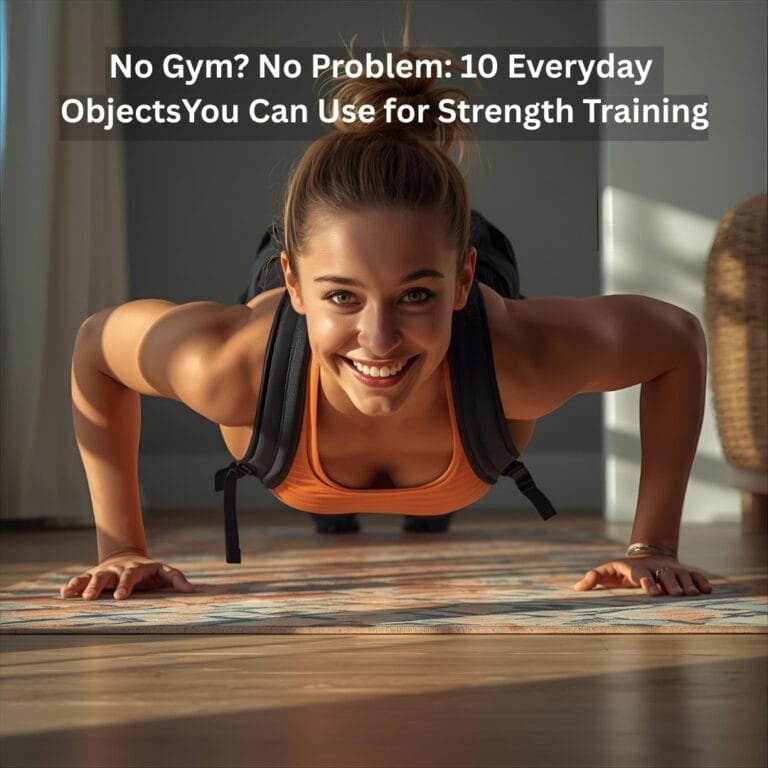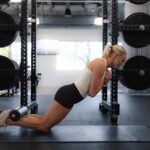Disclosure:
Thank you for reading this post, don't forget to subscribe!
Some of the links on this website are affiliate links. This means that if you click on the link and make a purchase, we may receive a small commission at no extra cost to you. Your support helps us keep the site running.Learn more on my Privacy Policy and Affiliate Disclosure page. Thank you for your support!
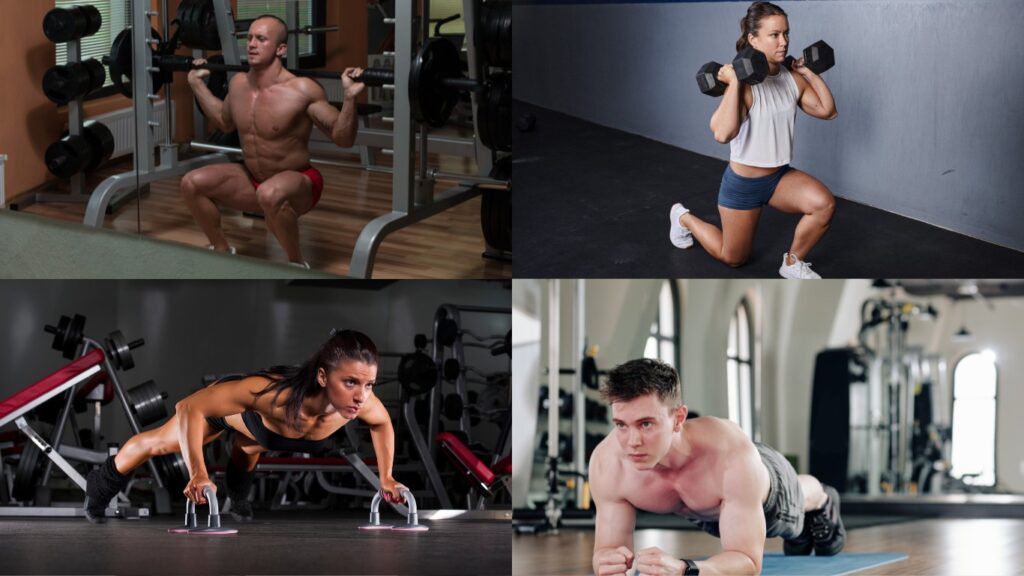
Starting a fitness journey can be daunting, especially for beginners. Full-body strength training is an excellent way to build a solid foundation, improve overall strength, and boost your health. By focusing on compound movements, which engage multiple muscle groups simultaneously, you can achieve a more balanced and effective workout routine. In this guide, we’ll explore the benefits of full-body strength training and provide a comprehensive list of exercises and routines to help you get started.
Benefits of Full-Body Strength Training
Improved Muscle Strength and Endurance
Full-body strength training helps you build muscle strength and endurance by engaging various muscle groups in a single session. This balanced approach ensures that no muscle group is neglected, leading to overall body strength.
Enhanced Metabolism and Calorie Burn
Strength training increases your resting metabolic rate, meaning you burn more calories even when you’re not exercising. This can aid in weight management and improve body composition.
Better Functional Movement Patterns and Balance
By performing compound movements, you enhance your functional fitness. This means improved movement patterns and better balance, making everyday activities easier and reducing the risk of injuries.
Read next: Strength Training 101: Tips for Beginners (A guide on how beginners can start their strength training journey).
Increased Bone Density and Joint Stability
Weight-bearing exercises in strength training stimulate bone growth and improve joint stability, which is crucial for preventing osteoporosis and maintaining joint health as you age.
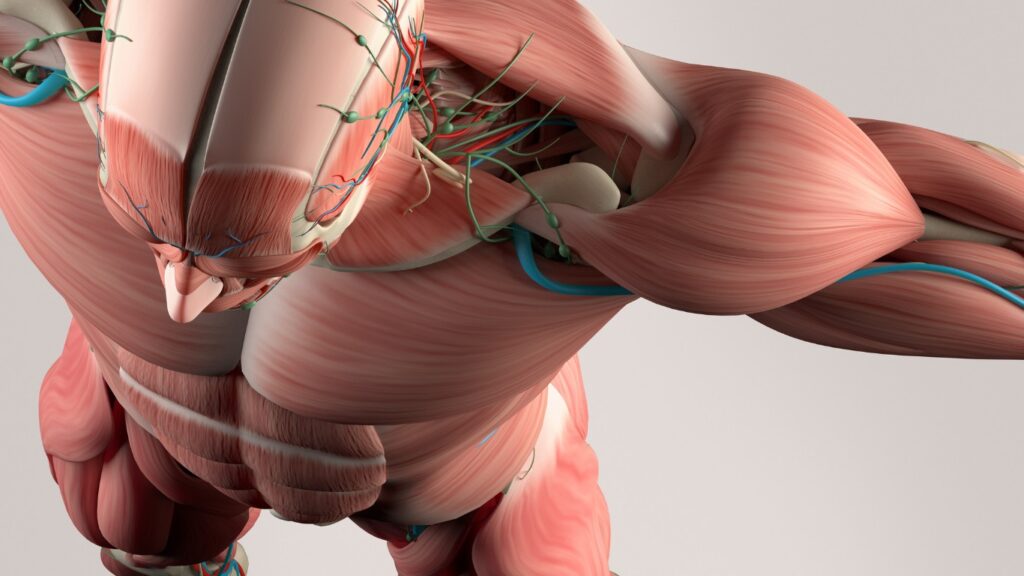
List of Exercises and Routine
Squats
Benefits and Proper Form
Squats are a fundamental exercise that targets the lower body, including the quadriceps, hamstrings, glutes, and calves. Proper form is crucial to prevent injury:
- Stand with feet shoulder-width apart.
- Keep your back straight and chest up.
- Bend your knees and lower your hips as if sitting in a chair.
- Ensure your knees track over your toes.
- Return to the starting position.
Read more about: Best Full-Body Workouts for All Fitness Levels (A post on effective full-body workouts for beginners and experienced individuals).
Variations
- Bodyweight Squats: Great for beginners to master form.
- Goblet Squats: Hold a dumbbell close to your chest.
- Barbell Squats: Use a barbell on your shoulders for added resistance.
Reps and Sets Recommendation
- Beginners: 3 sets of 10-12 reps.
- Intermediate: 3-4 sets of 12-15 reps with added weight.
Lunges
Benefits and Muscle Groups Targeted
Lunges target the quadriceps, hamstrings, glutes, and calves. They also help improve balance and coordination.
Variations
- Forward Lunges: Step forward and lower your hips.
- Reverse Lunges: Step backward and lower your hips.
- Side Lunges: Step to the side and lower your hips.
How to Progress for More Challenge
- Increase the depth of your lunge.
- Add weights such as dumbbells or a barbell.
- Increase the number of repetitions.
find out more about: Mayo Clinic: Strength Training Basics (An expert article on the basics of strength training and its benefits).
Push-ups
Benefits for Upper Body and Core Strength
Push-ups strengthen the chest, shoulders, triceps, and core. They are an excellent bodyweight exercise for upper body strength.
Modified Versions for Beginners
- Knee Push-ups: Perform the push-up from your knees to reduce the load.
- Incline Push-ups: Place your hands on an elevated surface.
Tips on Maintaining Proper Form
- Keep your body in a straight line from head to heels.
- Engage your core to avoid sagging.
- Lower your body until your chest nearly touches the ground.
learn more about: American Council on Exercise: Strength Training for Beginners (A comprehensive guide on strength training for beginners).
Planks
Core-Strengthening Benefits
Planks are a static exercise that enhances core strength, stability, and endurance.
Variations
- Front Planks: Maintain a straight line from head to heels.
- Side Planks: Balance on one arm and the side of one foot.
- Plank with Shoulder Tap: Alternate tapping each shoulder while maintaining a plank position.
Duration and Form Cues for Maximum Effectiveness
- Hold each plank for 20-30 seconds initially, gradually increasing the duration.
- Ensure your hips don’t sag or lift too high.
- Keep your head in a neutral position.
discover more about: Healthline: The Benefits of Strength Training-14 Benefits of Strength Training.
Delving into Each Exercise in Depth
Squats
- Stand with feet shoulder-width apart.
- Keep your back straight and chest up.
- Bend your knees and lower your hips as if sitting in a chair.
- Ensure your knees track over your toes.
- Return to the starting position.
Common Mistakes:
- Allowing knees to cave inward.
- Leaning forward excessively.
- Not going low enough.
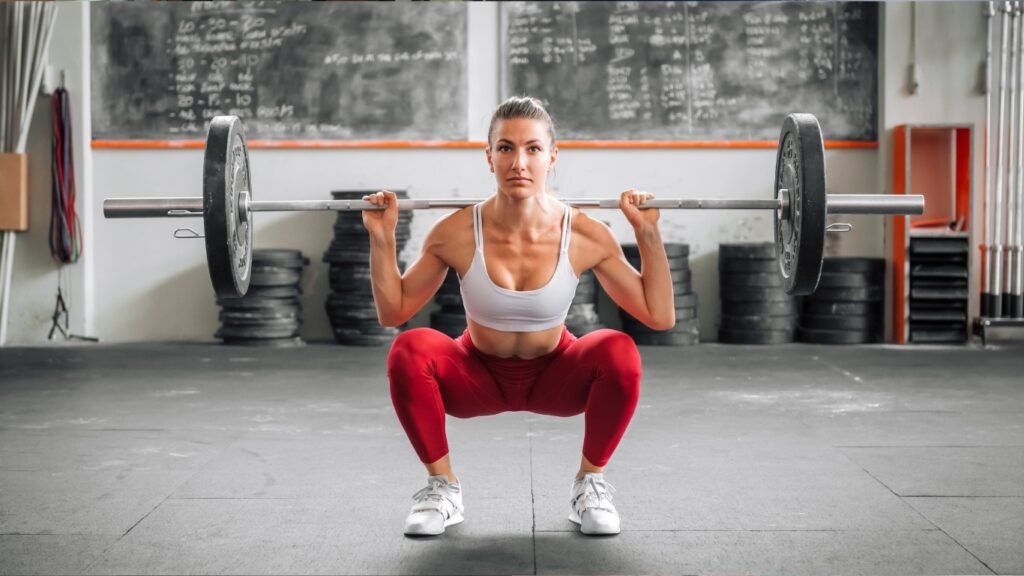
Lunges
- Stand with feet together.
- Step forward/backward/sideways with one leg.
- Lower your hips until both knees are at 90-degree angles.
- Push back to the starting position.
Common Mistakes:
- Allowing the front knee to extend past the toes.
- Not maintaining an upright torso.
- Uneven weight distribution.

Push-ups
- Start in a plank position.
- Lower your body until your chest nearly touches the ground.
- Push back to the starting position.
Common Mistakes:
- Sagging hips.
- Flared elbows.
- Incomplete range of motion.

Planks
- Start in a push-up position.
- Hold your body in a straight line.
- Engage your core and maintain the position.
Common Mistakes:
- Sagging hips.
- Elevated hips.
- Not engaging the core.
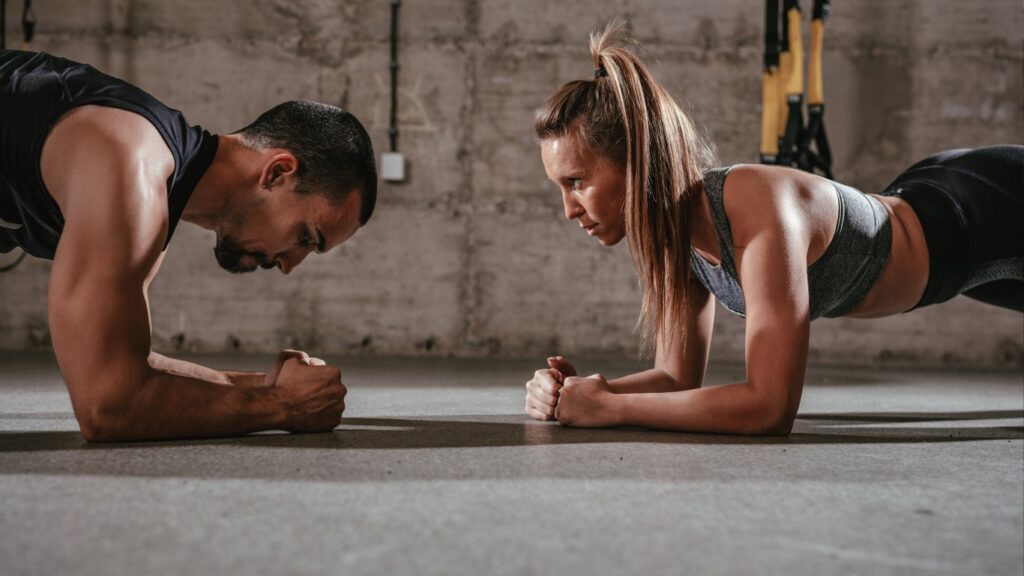
explore More:
- Gut Health Decoded: How Your Microbiome Shapes Energy, Mood, and Immunity
- The Science of Stillness: How Doing Nothing Can Heal Your Mind and Body
- Are You a Late-Night Snacker? 5 Possible Reasons Why You Can’t Stop Craving Food at Night
- The Ultimate Fat-Loss + Muscle Retention Blueprint (For Men)
- Smart Biceps Training: A Science-Backed Blueprint for Bigger, Stronger Arms
Key Takeaway
Incorporating compound movements like squats, lunges, push-ups, and planks into your workout routine is essential for full-body strength and functional fitness. Consistency and progression are key to seeing results. Remember to focus on proper form to avoid injuries and maximize effectiveness.
Conclusion
Full-body strength training offers numerous benefits for beginners, from improved muscle strength and metabolism to better functional fitness and joint health. Start incorporating these exercises into your routine to experience these benefits. Share this guide with friends who may find it useful, and don’t forget to share your progress on social media using the hashtag #FullBodyStrengthJourney. If you’re unsure where to start, seek guidance from a fitness professional to tailor a plan specific to your needs.
Embark on your strength training journey today and build a stronger, healthier you!
more about:
Health / Fitness / Wellness / Nutrition
Share this article


